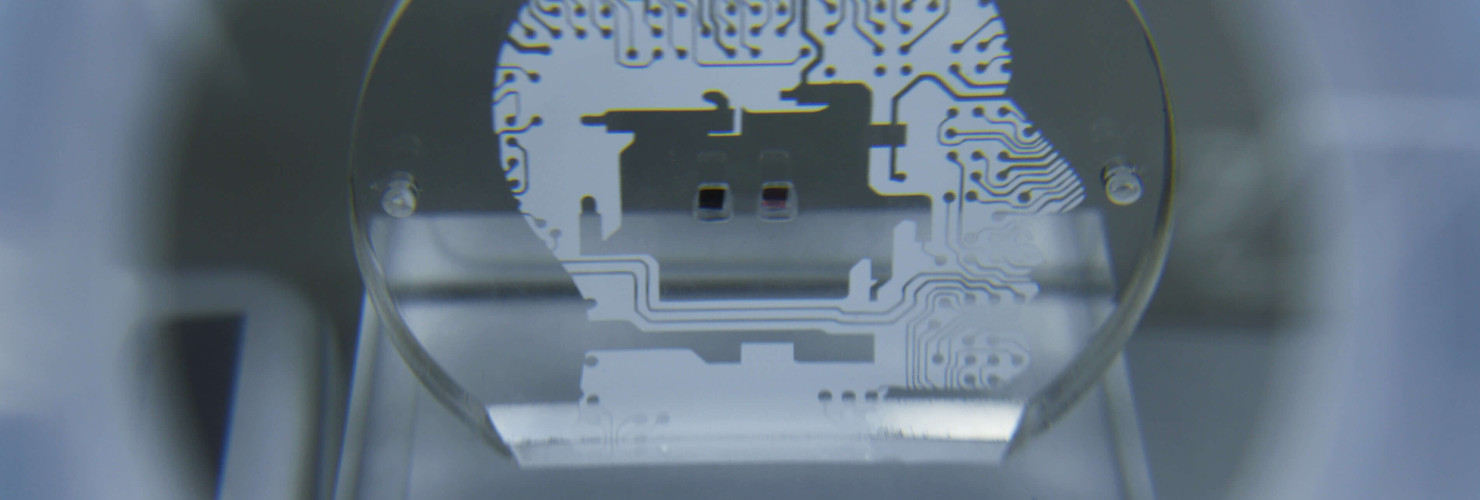

Manufacturing metrology + Brain-machine tech + Tackling talent shortages
In this issue of MERICS China Industries, we cover the following topics:
- Overcoming bottlenecks: China to boost manufacturing metrology
- Psychic powers: China strives for leadership in brain-machine tech
- State Council tackles talent shortages, while getting China’s workforce future-ready
- Money matters: China aims to refine financing for manufacturing upgrades
- Leveling up: Policymakers push for digital upgrades to machinery sector
At a glance: The Ministry of Industry and Information Technology (MIIT) published opinions on the development of manufacturing metrology. This subfield of metrology focuses on the industrial application of measurement science. Key goals include:
- Achieve breakthroughs in 100 metrology and calibration technologies, formulate and revise 300 metrology and calibration standards, cultivate 50 high-quality instrumentation enterprises, and establish 10 high-level metrology and calibration technical service institutions within manufacturing industry by 2027
- Address measurement challenges in fields such as quantum mechanics, artificial intelligence, new materials, new energy, advanced manufacturing, and next-generation information technology
- Expand the application of metrology in manufacturing, e.g., by encouraging service institutions and other relevant organizations to offer companies “one-stop” solutions.
MERICS comment: Manufacturing metrology involves machine accuracy, component inspections, and validating manufacturing processes to guarantee products conform to specifications. For instance, quality control relies on metrology systems such as coordinate measuring machines and optical inspection systems, while atomic force microscopy systems can measure surface structures at nanometer resolution. Manufacturing metrology is therefore a foundational technology that is fundamental for manufacturing industry, despite a modest market size of USD 1.2 billion in China in 2024.
These opinions are the latest of many recent policies in this area, suggesting China is determined to tackle any deficiencies in the sector. According to state media, standards updates still lag technological advancements; high-end instrumentation and core components are reliant on imports; China does not have enough influence on international standard-setting; and there is a mismatch between the supply of metrology equipment and industry demand. Moreover, China’s local supply ratio for metrology systems for chip tools is reported to be as low as 2.4 percent.
Yet, the opinions carry risks for European companies. If China succeeds in cranking up its metrology manufacturing industry, it may challenge the business of such large multinational companies as Zeiss and Jenoptik. It is also likely to have an impact on smaller hidden champions that are market leaders in their fields, but less accustomed to international competition. For example, the state of Thuringia in Germany boasts a number of hidden champion metrology companies that could be impacted.
Article: Opinions on the Innovation and Development of Manufacturing Metrology (工业和信息化部关于制造业计量创新发展的意见) (Link)
Issuing body: MIIT
Date: June 13, 2025
At a glance: Seven government agencies led by the MIIT released directives to promote the brain-computer-interface (BCI) sector. The technology translates brain signals into actions, enabling people to control external devices like a computer cursor or robot arm using thoughts. China’s government has set multiple targets for 2027:
- Accelerate the application of brain-computer interface products in industrial manufacturing, healthcare, and consumer life
- Enhance the performance of electrodes, chips, and complete devices to internationally advanced levels
- By 2030, Beijing aims to cultivate two or three leading companies in the field, and for China’s BCI industrial ecosystem to be among the best in the world.
MERICS comment: Beijing’s state planners regard BCI technology as a key future industry, with potential applications in healthcare – helping with rehabilitation, diagnosis and treatment – as well as industrial and consumer uses. BCIs could guide robots in hazardous settings such as mines or nuclear plants. Officials even envisage consumer products, from helmets to headphones, that monitor drivers’ alertness to cut traffic accidents.
China is moving quickly in this nascent field. In March, its Center for Excellence in Brain Science and Intelligence Technology implanted the country’s first wireless invasive BCI in a tetraplegic patient, making China the second country after the United States to run a clinical trial of such technology. Regulators have gone so far as to issue pricing guidelines for invasive and non-invasive BCIs, although no invasive (i.e., involving a surgical procedure) BCI devices are not yet approved for sale anywhere in the world.

